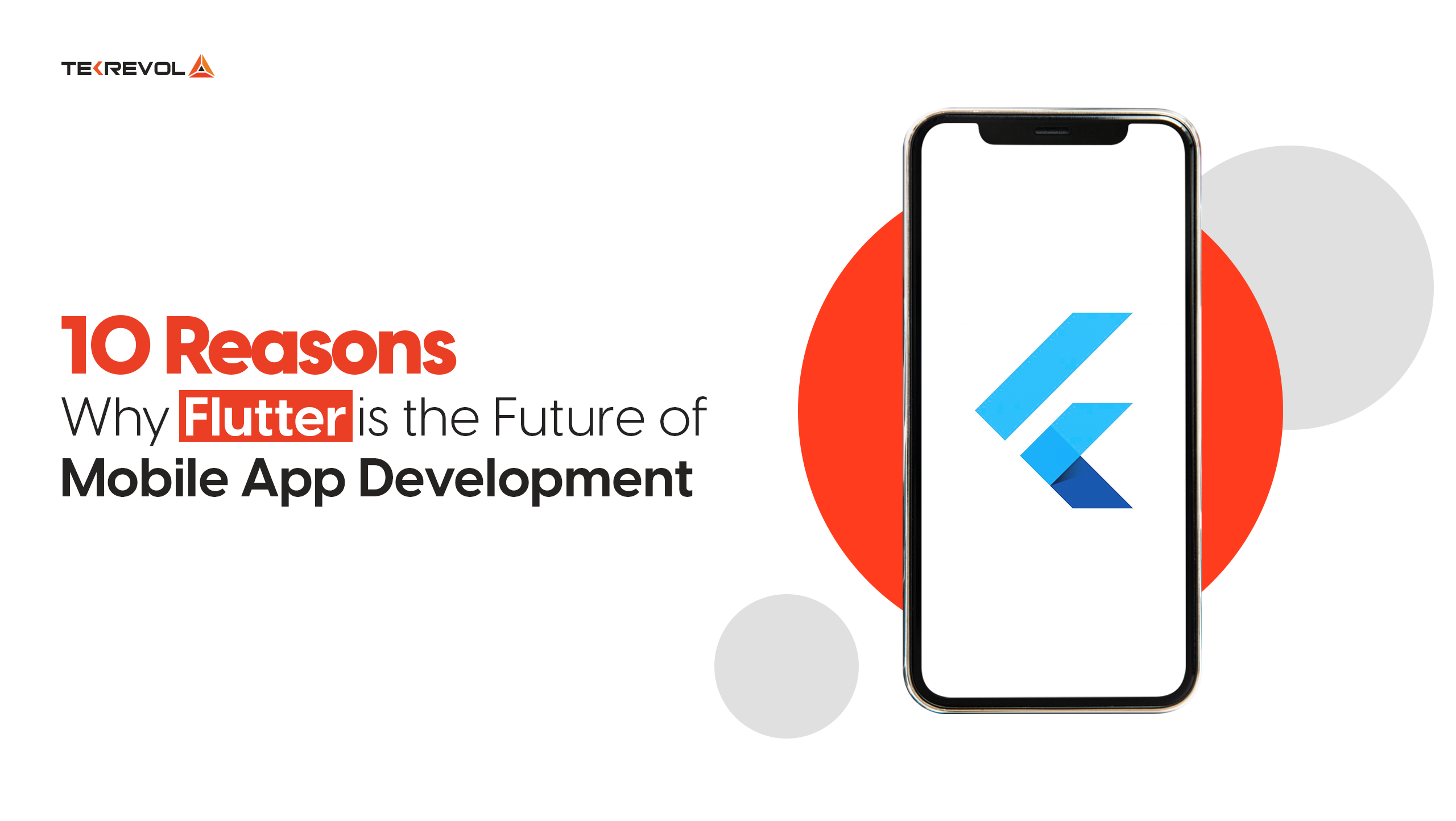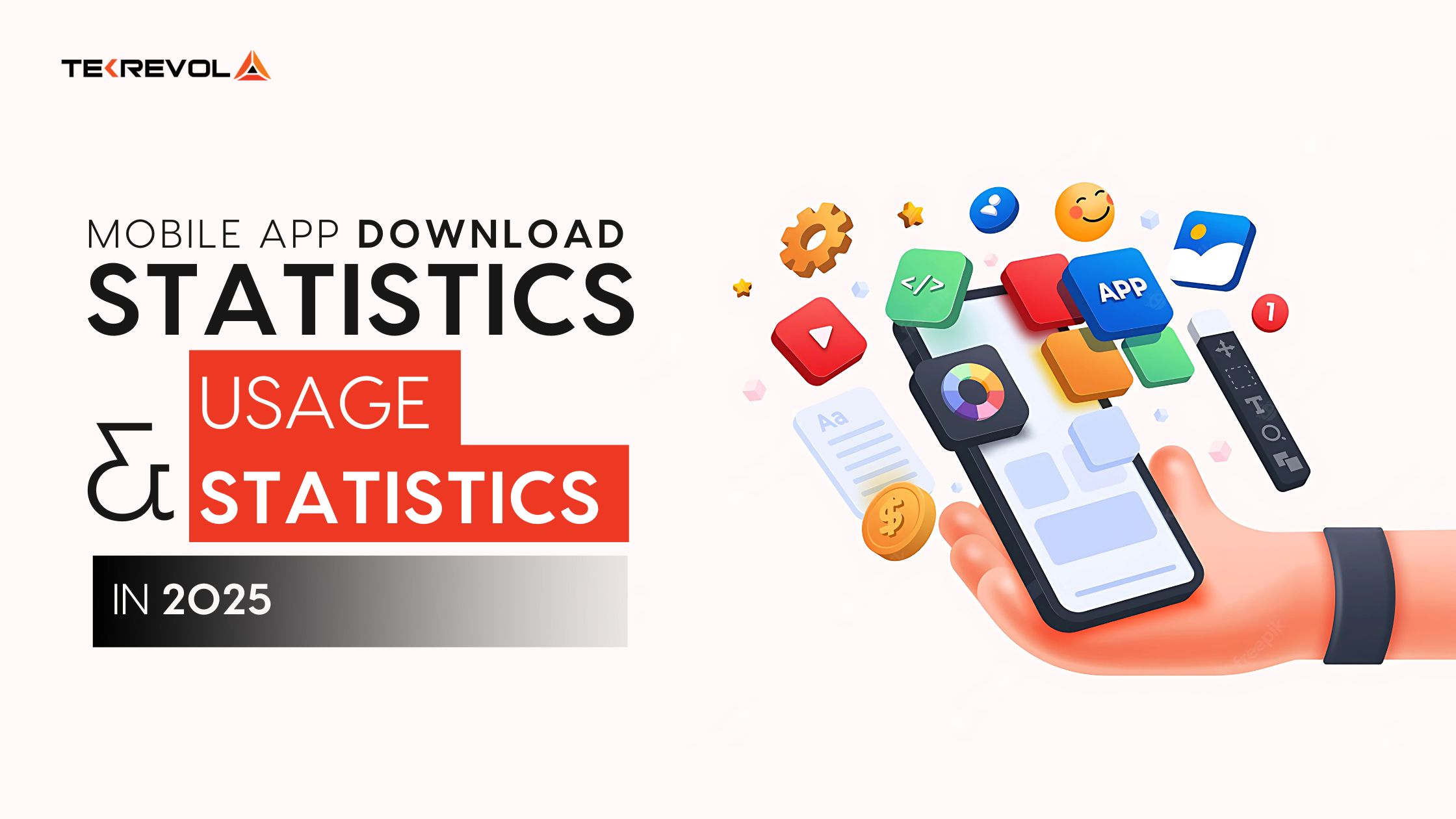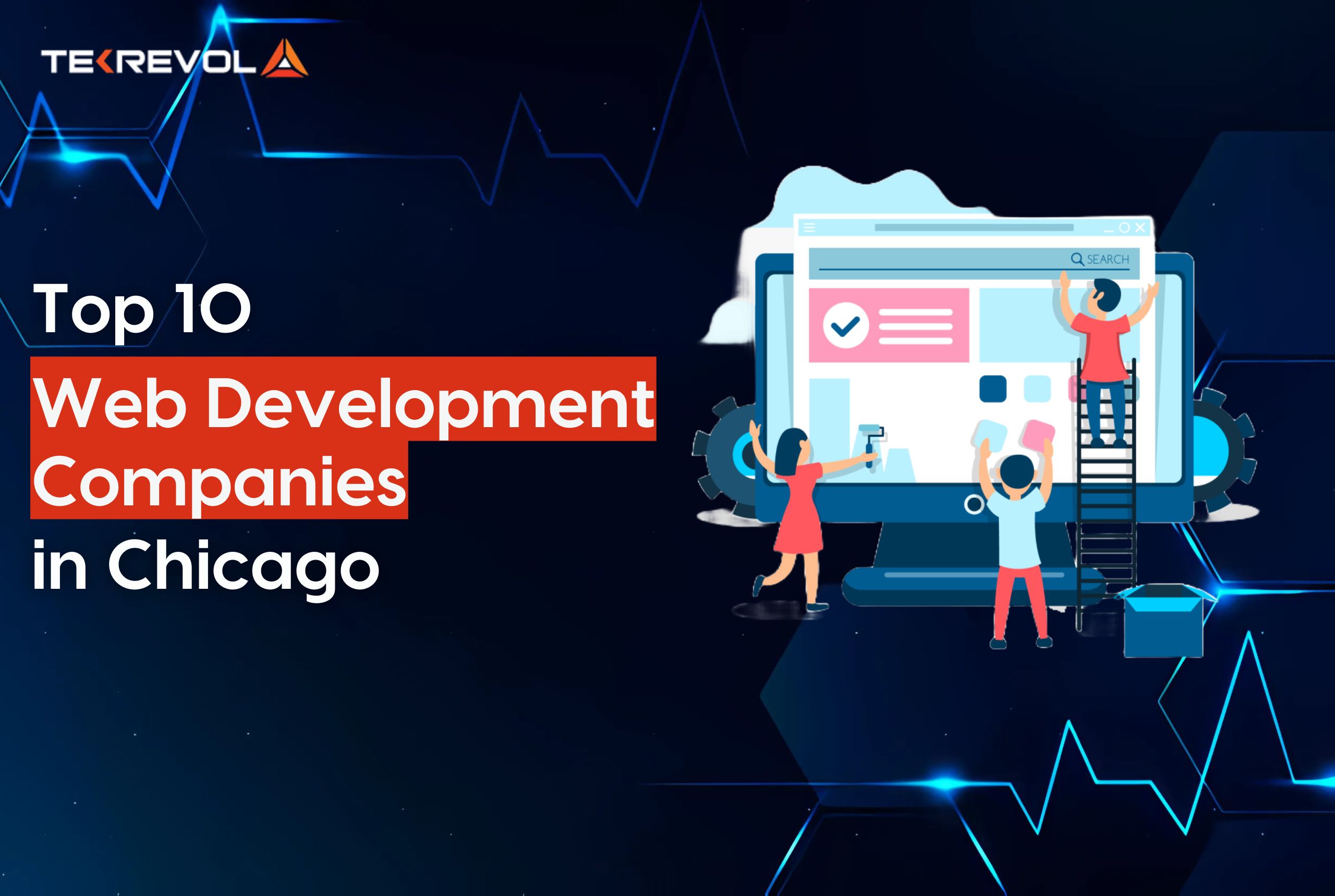When considering the development of a mobile app that can be used on different platforms, the initial thought is usually about which framework or development kit to use. The most efficient option for this is the Google Flutter app development framework.
When deciding on the technology to build your app, there are many factors to consider. But before anything else, time and cost are the most important. Fortunately, Flutter development framework can provide a fast and efficient solution for your app development needs, especially when you partner with a reliable Flutter app development company. In this article, we’ll show you why Flutter is a great choice for you and your company. Get ready to learn how Flutter can help you save time and money without sacrificing quality.
What Makes Mobile App development on Flutter Framework so Popular?
There are several reasons why Flutter app development services have become so popular in the world of app development. The combination of cross-platform development, fast development cycles, customizable UI, high performance, and a supportive community make Flutter an attractive choice for app developers. As of 2023, the number of Flutter applications has exceeded 400,000.
In 2021, Flutter surpassed React Native as the most widely used cross-platform mobile framework. A survey has shown that 42% of developers around the world have adopted Flutter.

Although the majority of mobile developers still use native tools, around one-third of developers use cross-platform technologies or frameworks. Therefore, Flutter’s growing popularity is clear and is expected to continue to increase in the coming years, with its dominance in the industry likely to become even more pronounced by 2023.
Following are some of the key reasons why the flutter development framework is popular:
- Cross-platform development: Flutter allows developers to build apps that work seamlessly on both Android and iOS platforms, which saves time and effort compared to building two separate apps.
- Fast development: Flutter offers a “hot reload” feature, which means developers can instantly see the changes they make to the app’s code without having to rebuild the entire app from scratch. This results in faster development and testing cycles.
- Beautiful and customizable UI: Flutter has a wide range of customizable widgets that make it easy to create beautiful, engaging, and highly functional user interfaces.
- High-performance: Flutter apps are written in Dart, a fast and efficient programming language that compiles into native code for both Android and iOS platforms. This results in high-performing apps that run smoothly and without any lag.
- Growing community: Flutter has a rapidly growing community of developers, which means there is a wealth of resources, tutorials, and support available online.
- Want to Bring your Flutter App Idea to Life??
- Get eCommerce app development services to enhance your business reach with TekRevol
10 Reasons Why Flutter is the Future?
Flutter offers developers a powerful and flexible framework for building high-quality mobile apps that work on multiple platforms. With its cross-platform development capabilities, fast development cycles, customizable UI, high performance, and supportive community, Flutter is a popular choice for many mobile app developers.

What are the reasons why business owners opt for Flutter when developing apps, and what are the potential outcomes? Let’s explore the advantages of Flutter more comprehensively.
Ideal for Cross-Platform Mobile App Development
One of the primary reasons why businesses opt for cross-platform app development is that it is more cost-effective and faster than the native development approach. However, in the past, cross-platform apps suffered from poorer performance and lacked the native appearance of their native counterparts.
But since the introduction of Flutter, it has become possible to create apps with performance similar to that of native apps. As a result, companies no longer have to choose between cost and quality when developing apps using Flutter.
Exceptional Level of Performance
Flutter apps achieve exceptional performance results of 60 to 120 frames per second due to the implementation of its programming language, Dart, which is a client-optimized language that provisions Ahead-of-Time (AOT) composition. This makes Flutter apps faster as the code runs natively on each platform, without requiring intermediaries that other cross-platform frameworks typically use. As a result, Flutter offers superior performance and doesn’t rely on bridging like other frameworks.
Excellent Mobility Due to the Use of a Single Codebase.
With the release of Flutter 3 in May 2022, developers can now use a single codebase to build applications for six different platforms: Android, iOS, Web, Windows, macOS, and Linux. This means that developers can create and publish their applications across all these platforms with a small update to their code.
Consequently, this approach enables developers to reach a wider audience without incurring significant additional expenses and to reduce the amount of time spent on development, compared to building separate applications for each platform.
Reducing the Time of Mobile App Development
According to a survey, 91% of developers reported that Flutter significantly reduced the time required for mobile app development. Based on our experience as a top notch mobile app development company , the development time for a Flutter app can range from 2 to 6 months, depending on its complexity. A simple project can be completed within 2 months, while a medium-sized one may take up to 4 months. Complex projects may require 4-6 months for completion.
One of the main reasons for the faster development time of Flutter apps is the use of a single codebase that can be adapted for six different platforms. Additionally, ready-made widgets and components that can be customized to meet specific requirements also contribute to the efficiency of the development process. Finally, the hot reload feature enables developers to view the effects of any code tweaks without the need to restart the app, further reducing development time.
Reducing the Development Cost
Choosing Flutter has financial advantages due to its budget-friendliness. While the total cost of a project may vary depending on various factors, it is generally observed that Flutter app development costs 30% to 40% less than developing a native app. This is because Flutter enables the development of apps for multiple platforms with a single codebase, reducing the time and effort required for the development.
Additionally, the availability of ready-made reusable widgets and components saves development time and cost. In short, choosing Flutter is a smart choice for companies looking to save money without sacrificing quality and performance.
Hot Reload Feature
Hot reload is a feature in the Flutter framework that allows developers to see the changes they make in the code immediately in the app without having to restart or rebuild the entire app. This means that developers can make changes to the app’s code in real-time, see the results immediately, and fix any issues quickly. It’s a powerful tool that saves developers a lot of time and effort during the development process, making it one of the key benefits of using the Flutter framework.
Built-in UI Widgets
Flutter offers a wide range of built-in UI widgets that developers can use to create visually appealing and responsive user interfaces. These widgets are designed to be highly customizable and can be easily integrated into any Flutter app. Some of the most commonly used pre-built widgets include buttons, text fields, checkboxes, radio buttons, sliders, progress bars, and many more.
By using these built-in UI widgets, developers can significantly reduce the time and effort required to create UI elements from scratch, and focus more on building the core functionality of the app. Additionally, these widgets are optimized for performance and can adapt to different screen sizes and device orientations, making them ideal for building cross-platform apps.
Creating New Designs
Flutter offers a wide range of pre-built customizable widgets and components which give developers and designers the freedom to create unique mobile applications without limiting their creativity. Additionally, the built-in Material and Cupertino widgets, as discussed earlier, enable developers to build highly native apps in terms of UI and UX.
Therefore, it is possible to create Flutter apps with beautiful and modern interfaces that provide a seamless user experience. These apps are also known for their excellent performance and have minimal opportunities for problems to arise.
Ideal for MVP Development
Flutter development framework is ideal for MVP (Minimum Viable Product) development due to several reasons. First, Flutter offers a fast and cost-effective way to develop an app with its hot reload feature, pre-built UI components, and single codebase that can be adapted for different platforms.
Second, Flutter offers excellent performance with its optimized programming language, Dart, which supports Ahead-of-Time (AOT) compilation. Third, Flutter provides a wide range of libraries, plugins, and integrations with various APIs and SDKs, making it easier to add features and functionalities to the MVP without spending too much time and effort on development.
Becoming Better Day By Day
Flutter is becoming better with the help of its growing global community. As more developers adopt the framework, they are contributing to its improvement by developing new plugins, packages, and widgets that extend the functionality of the framework. This means that Flutter is constantly evolving and expanding its capabilities.
Moreover, Flutter has a strong community of developers who are actively sharing knowledge and best practices, providing support, and contributing to the development of new features. This helps to foster a collaborative environment and enables developers to learn from one another, which ultimately benefits the framework as a whole.
In addition, Google, the creator of Flutter, is actively investing in the framework and working to improve its performance, stability, and functionality. This means that developers can expect to see continued improvements to Flutter in the future, further solidifying its position as a leading cross-platform development framework.
Challenges Associated with Flutter Development Framework

Flutter, an open-source mobile application development framework, has gained immense popularity in recent years. It provides a great development experience and has numerous benefits, including fast development, hot reload, and pre-built widgets. However, like any technology, Flutter also comes with its challenges.
Experience Developers
One of the primary challenges is the lack of experienced developers. Flutter is still relatively new, and finding experienced developers can be a challenge. The developers’ pool is smaller than other frameworks like React Native or Ionic, which have been around for a longer time. As a result, finding developers with the required expertise can be difficult, which can affect the quality and timelines of the project.
Third-party Libraries
Although Flutter has many pre-built widgets, sometimes, it may not have the required functionalities that a developer needs. In such cases, developers may have to build custom widgets or plugins, which can increase development time and costs.
Application Size
Another challenge with Flutter is the large app size. Flutter apps can be larger in size compared to native apps because they require additional libraries and resources. Large app sizes can be a concern, particularly for users with limited storage space on their devices.
Compatibility Issues
Flutter’s compatibility with certain native features and hardware can be a challenge. As Flutter is still relatively new, some features that are easily accessible in native development might not be available in Flutter. For instance, developers may face difficulty accessing certain hardware, such as Bluetooth or camera, when developing Flutter applications.
While Flutter has numerous benefits, it also comes with its own set of challenges. The lack of experienced developers, the lack of third-party libraries, large app size, and compatibility issues with native features and hardware are some of the challenges developers may face when developing Flutter applications. However, despite these challenges, Flutter’s growing community and support from Google make it an exciting platform to work with.
Mobile App Development with Flutter – What Future Beholds?
Flutter, a cross-platform development framework, has gained significant popularity in recent years due to its numerous advantages over native app development. The framework has proved to be efficient, flexible, and cost-effective, which is why many businesses are opting for Flutter to develop their mobile apps. The demand for Flutter is expected to grow even more in the future. One of the main reasons for this is the increasing popularity of cross-platform development. Many companies are now looking for ways to develop their apps faster and more cost-effectively, and Flutter seems to be the answer.

Moreover, Flutter’s robust features such as Hot Reload, pre-built UI widgets, and reactive programming architecture have made it a preferred choice among developers. These features make the development process more manageable and efficient, allowing developers to focus more on creating high-quality apps.
Flutter’s future also looks promising due to its active and supportive global community. The framework is an open-source project, which means developers can collaborate and contribute to its development. This community-driven approach has helped Flutter to grow rapidly and evolve with time.

Its benefits for both developers and users, combined with the growing demand for cross-platform development, make it a popular choice for developing mobile apps. As Flutter continues to evolve and improve with the help of its community, we can expect to see even more impressive features and developments in the coming years.
- Unlock the Full Potential of your App with Our Expert Flutter Development Services!
Concluding Thoughts
Flutter is predicted to become the dominant force in mobile app development for a variety of reasons. With a single line of code, users can obtain an eye-catching image of their app and access important information, which may seem too good to be true, but it has become a reality in today’s world. The slogan for the future of Flutter in 2024 should be “making dreams come true” by providing efficient and aesthetically pleasing solutions with ease.
The business benefits of Flutter are significant, allowing companies to save costs, reach multiple platforms, and attract more customers. From a developer’s perspective, Flutter is easy to use and accelerates the development of applications. Additionally, the expanding community ensures that any problems are quickly resolved.
Locations We Serve
Mobile App Development San Francisco
Mobile App Development Houston
Mobile App Development Chicago
Mobile App Development Washington DC

 4610 Views
4610 Views July 16, 2024
July 16, 2024






